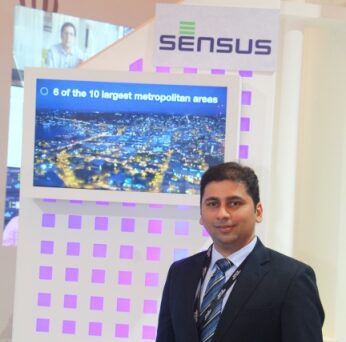Smart grids have become pivotal in India for many government programmes and initiatives such as 100 Smart Cities, 175 GW of renewable energy by 2022, 40 per cent energy from non-fossil resources by 2030 and 6-7 million electric vehicles and 24×7 power supply to all citizens. With this, the private sector is expected to take the lead and set up a smart grid in India. The government also carried out 14 smart grid pilots resulting in varying degrees of success. Due to their small scale, the pilot projects did not give an accurate picture of the challenges that could be faced during a major roll out.
At present, around 32 per cent of Indians live in urban areas. The varied geographical conditions of each city, and the different categories of consumers being served by the distribution grid, make it very challenging to deploy an urban smart metering communication network. The industry needs to focus on AMI technology which has the unique capability to optimize the asset life of meters and provide infrastructure which supports these varied geographical conditions without compromising the network performance, data or the analytics platforms. The technology must also ensure more than 99.5 per cent connectivity even to end-points situated in remote or difficult locations.
With smart city rollouts, the communication networks used by the utilities for smart metering will require a dedicated spectrum for a more secure and reliable performance. Operating in a dedicated and licensed spectrum ensures security and provides utilities with a resilient and universal solution as the network is protected from interference by the regulator. Licensed radio spectrum ensures optimal base station performance, free from interference by other wireless services or radio devices. It also eliminates the risk of being taken over by emergency service providers. A communications network which connects base stations directly to endpoints across large geographic areas can greatly reduce the number of backhaul connections and lowers operational and maintenance costs for the utility. With licensed spectrum systems the network can also be planned and all the aspects of the deployment of the smart network can be accounted for, resulting in an accurate and fixed upfront cost calculation. An advanced metering infrastructure (AMI) network running on dedicated, licensed spectrum delivers more transmit power of competitive systems–ensuring reliability for mission-critical applications.

